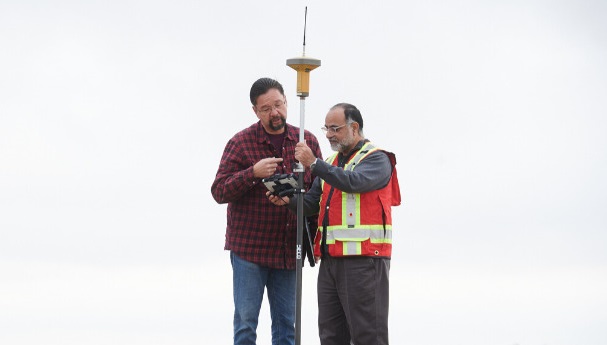WARNING: Disturbing content
As the Cowessess First Nation continues its work in attempting to identify unmarked graves at a cemetery located near the former Marieval residential school site, it is having difficulty in accessing and translating records held by several institutions.
In June 2021, then Chief Cadmus Delorme announced that 751 anomalies were detected at the cemetery using ground-penetrating radar. Since that time, work has been undertaken to confirm anomalies and begin identification.
Current Chief Erica Beaudin, addressed a Senate Committee Wednesday evening, expressing the barriers her First Nation is facing.
She said much of the data and information dated to the late 1890’s, which hold Marieval records are out of province. Libraries and Archives Canada has sent many but not all relevant documents to the National Centre for Truth and Reconciliation, but many of the remaining records are redacted. Full cooperation of records from this agency is needed. Some documents are not accessible or cataloged properly, making research difficult. Several documents held by the Oblates are written in French, which is a barrier for First Nations researchers, not speaking French. Oblate records not cataloged. Other records could be kept by churches, hospitals, or sanatoriums.
“The gravesite project has used every possible scientific method available to find unmarked graves and to take research needed to put names to those graves,” she said.
The First Nation has formed partnerships with the University of Regina’s French Language Division to help translate Oblate documents, Saskatchewan Polytechnic and the National Centre for Truth and Reconciliation, which holds many residential school documents.
Attempting to identify children who went to Marieval could take years, explained Beaudin, as she suspects that records pertaining to children who attended that residential school could be held by other churches, hospitals and sanatoriums, as it was custom to move children to different facilities.
“Our ultimate goal is to identify all unmarked graves and put names on as many as possible. Thereby, honouring the children and other individuals who have been laid to rest in our community,” said Beaudin.
The cemetery at Marieval was also used to bury Cowessess First Nations community members, ancestors, former residential school children and people from surrounding communities.
The Marieval Residential School operated for approximately 100 years, housing children from 26 First Nations communities from the three prairie provinces and Ontario, as well, several Metis children also attended.
(Photo of researchers at the Cowessess First Nation. Courtesy of Saskatchewan Polytechnic.)
Support is available for those affected by their experience at Indian Residential Schools and in reading difficult stories related to residential school. The Indian Residential School Crisis Line offers emotional and referral services 24 hours a day at 1-866-925-4419.
